| 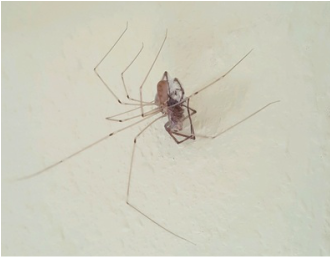 7. Jumping spiders are friggin cute. And they can jump up to 50 times their length. Here’s a video of the amazing peacock spider. Jumping Spider Video |
| Spiders are beneficial predators, have cool powers, and generally leave us alone. Yet they induce extreme trepidation in the most unlikely of primates. So why is arachnophobia so widespread (up to 10% of the population, and more common in females)? I don’t know, but at least we can all be entertained by the sheer terror I’ve been experiencing at the cottage. I’ll begin with my first encounter, which began in the bathroom. After taking a shower, I normally blindly reach for the towel, dry off, and then put my glasses on. This time, after I wiped my face off, I noticed two dark blobs on the ground. Curiously, I put my glasses on. Two medium sized spiders that I had interestingly not observed when I went in to the bathroom earlier. I quietly reexamined my towel, dried off, put on my pjs, and proceeded to get the vacuum. I was thoroughly disgusted, but at least I didn’t lose my cool. |
| The next night, I went to take a shower again, this time wary of the previous encounter. After detecting no immediate threats, I took a shower with relief. Afterwards, I reached for the towel—then thought twice-- and grabbed my glasses. Ha, what’s the likelihood of another spider ambush, I thought. But I’d better be safe, just in case. I put on my glasses and gave the towel a good shake. To my absolute horror, an oversized, ugly, disproportionate brown spider fell out of the towel and quickly scurried into the corner. I had no recourse but to scream awkwardly and dash out of the bathroom, lacking both towel and clothes. I proceeded to dry off with my bandana, since using the towel again was out of the question. Stacey was fortunately away on her vision quest. The following nights were plagued by additional sightings in the bathroom and living room. Then it culminated with the emergence of the biggest spider I’ve ever seen from a crack in the ceiling (to the attic). | My stomach lurched and I was paralyzed. While keeping my eyes glued to this nightmarish abomination, I frantically called Laura, who never picked up. Then I called Patricia, who woefully could not be convinced to join operation eradicate massive spider. Instead, she invited me over to stay in the guest room and I was extremely grateful. Later, we responded with a deep cleaning of the cottage followed by liberal spraying of tea tree vinegar, a purported natural remedy to deter spiders. Alas, to no avail, as the following nights I witnessed horrific scenes of spider scurrying, even on the walls above my bed. As my last bastion of safety was compromised (at least psychologically), I decided to temporarily move to Nancy’s couch, which is very comfortable and thankfully spider-free. Despite the overwhelming evidence that spiders are beneficial creatures, I can’t prevent my immediate feelings of overwhelming disgust and revulsion. And yet I am also fascinated by them! I love to learn about their biology and observe them from a distance. Once I find them mating on my towel, however, that is an unforgivable sin. |

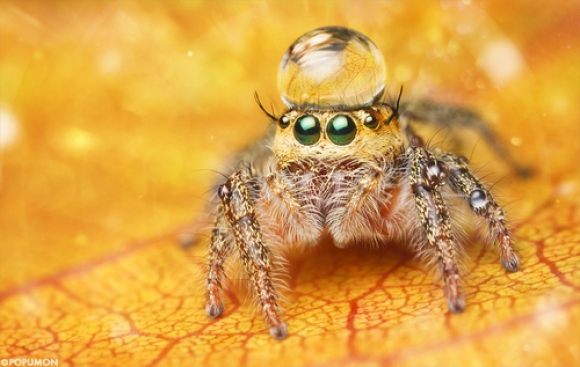
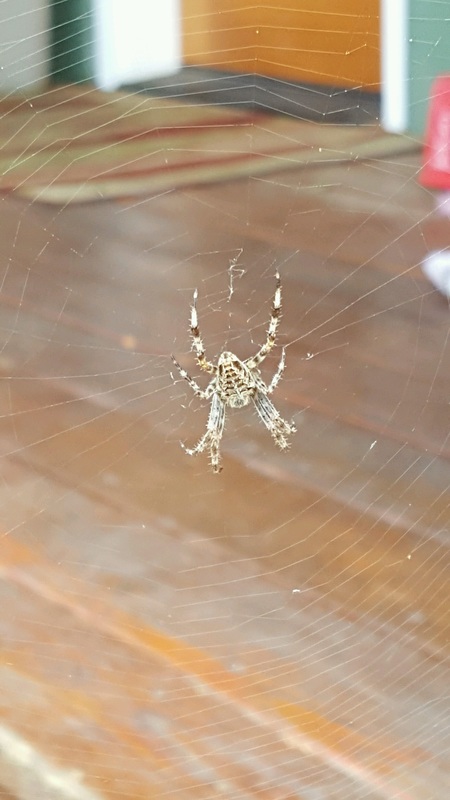
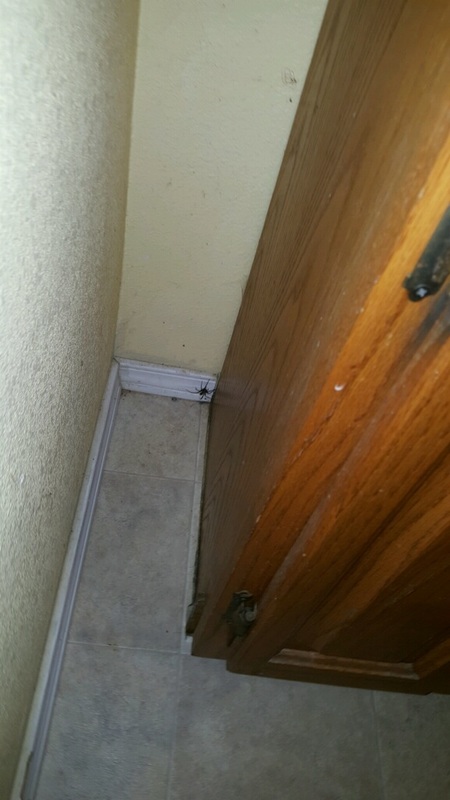
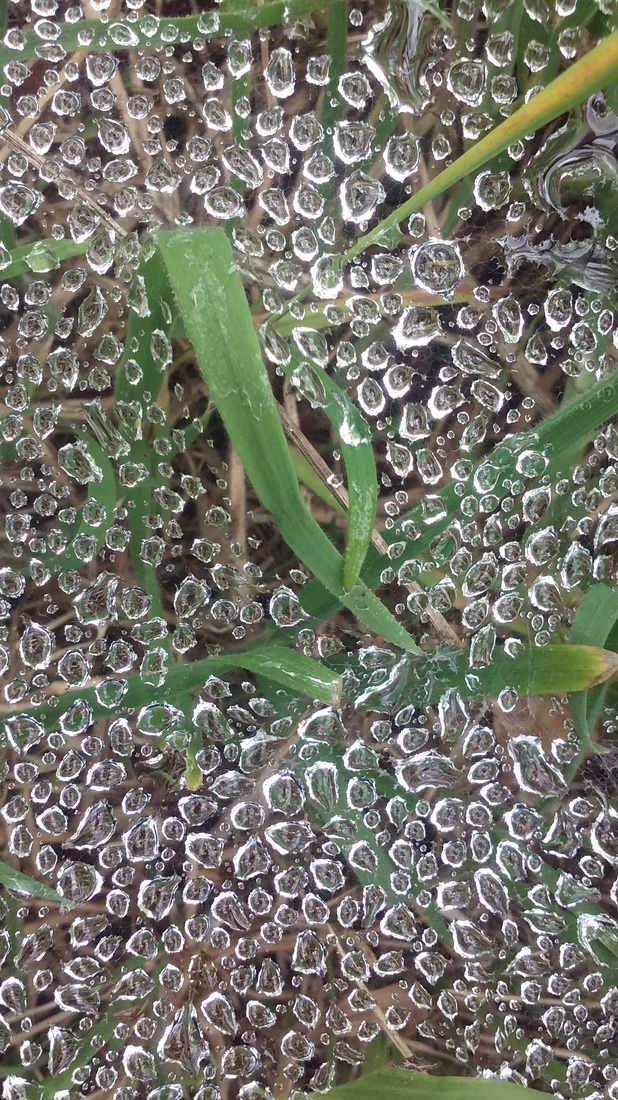
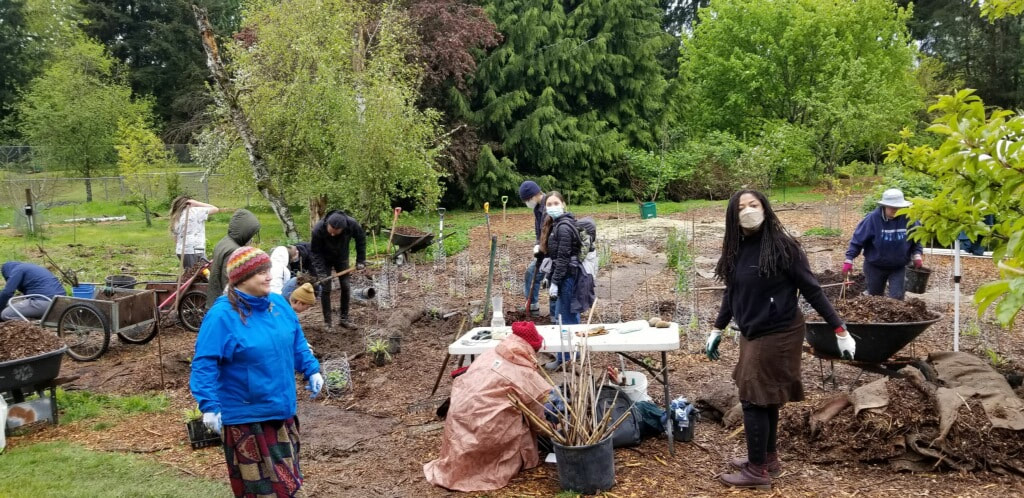
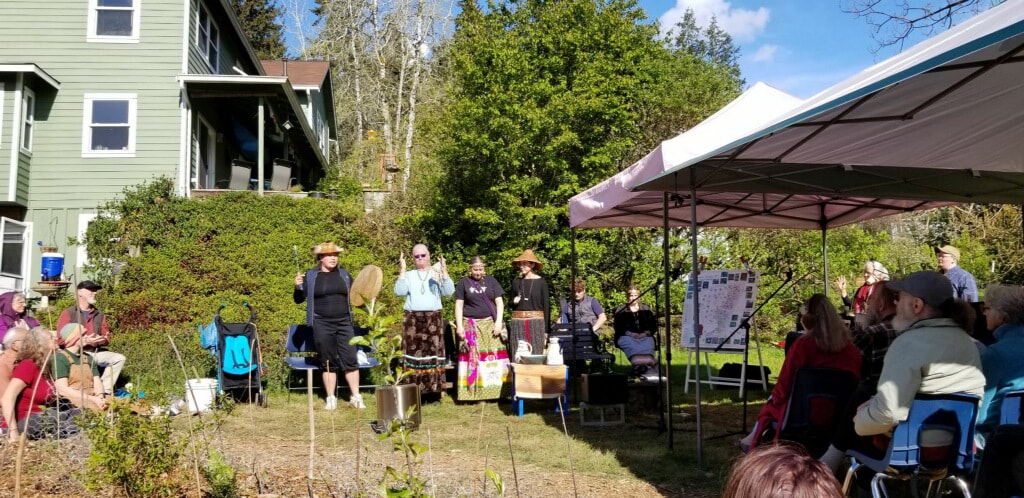
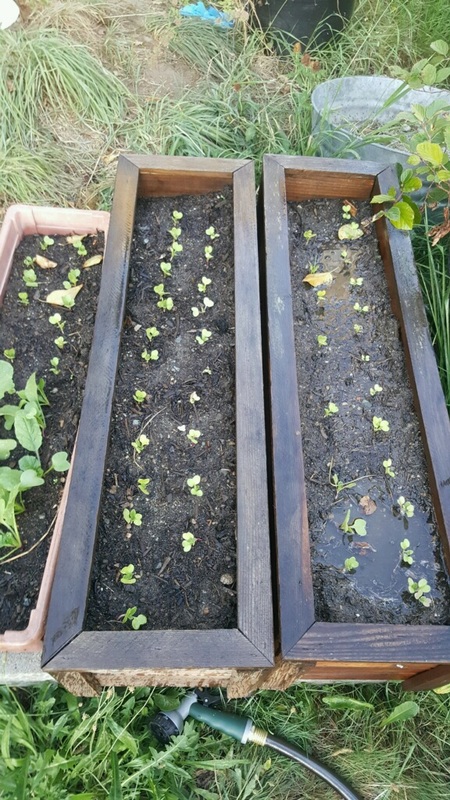
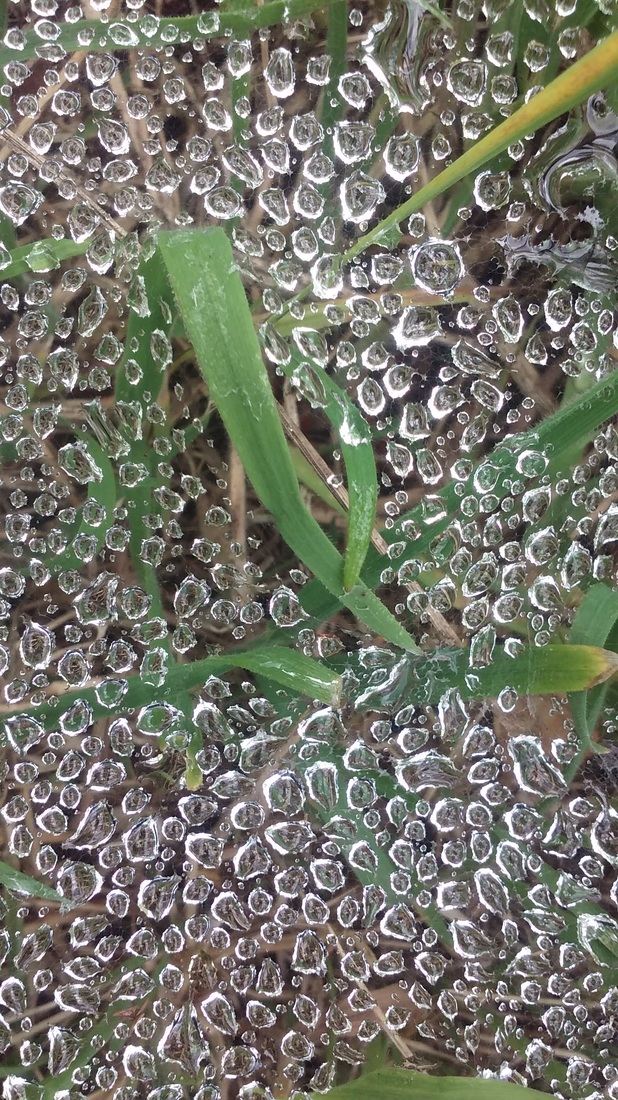
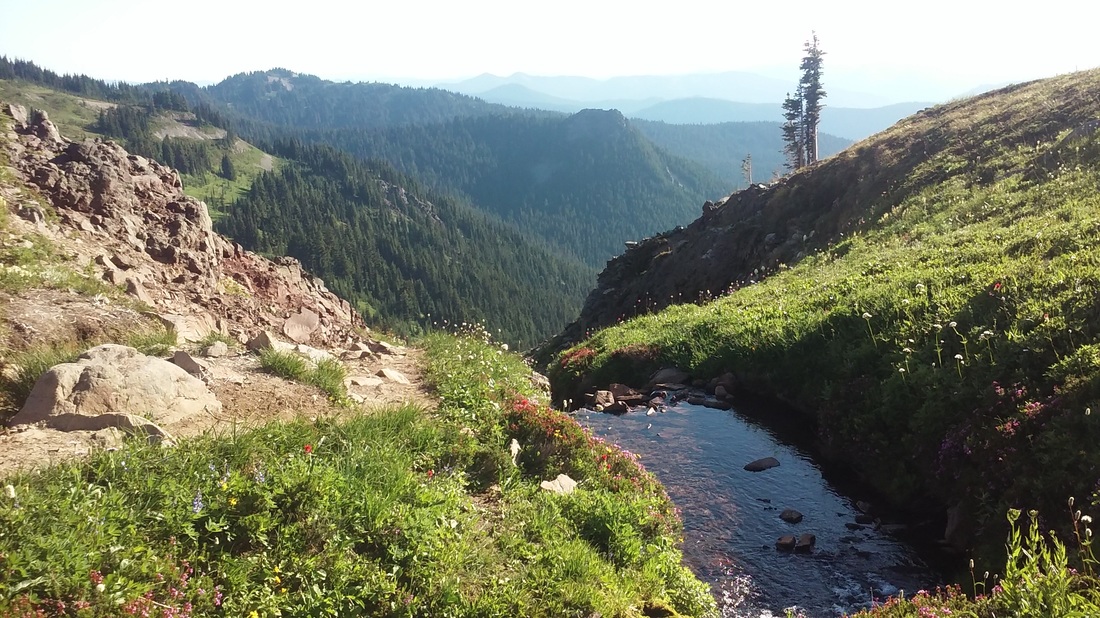

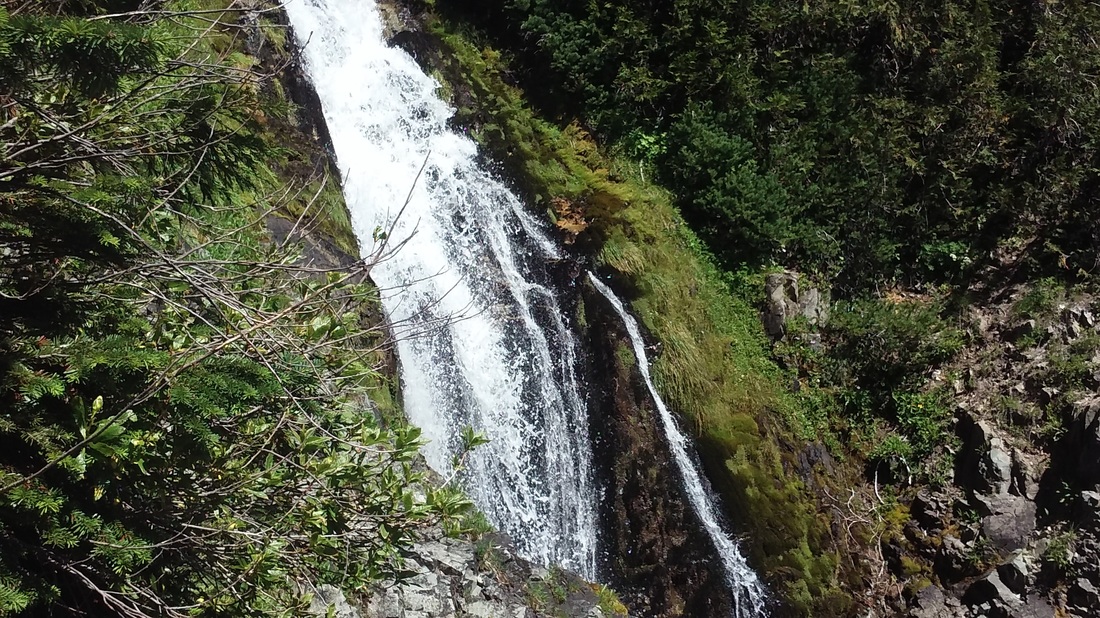
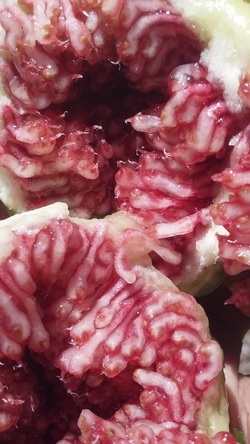
 RSS Feed
RSS Feed